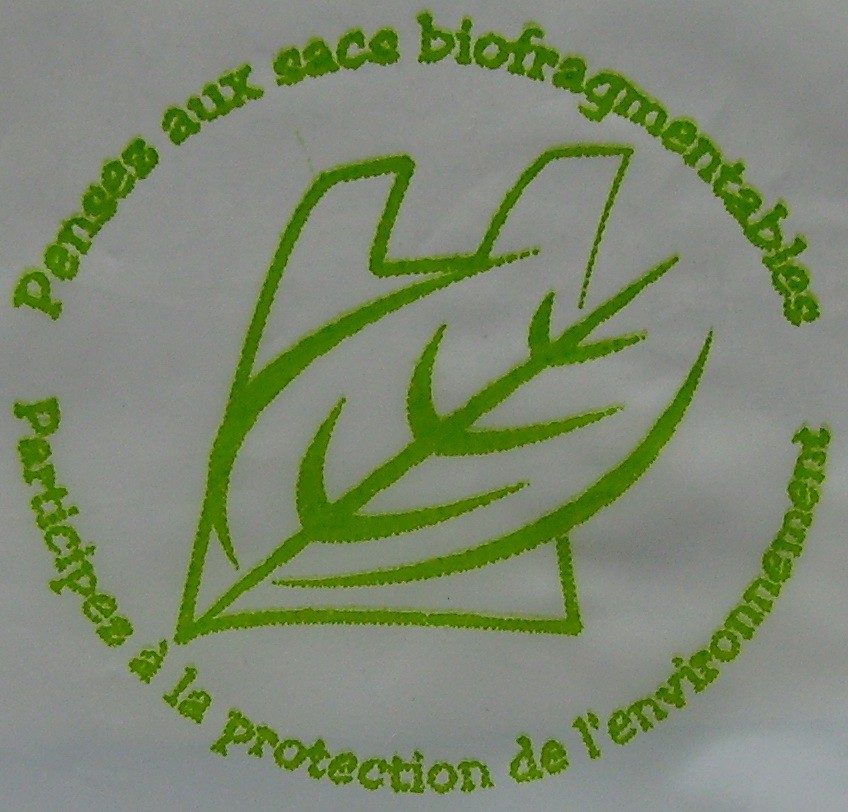Biodegradable bags can contain a lot of races after 3 years in the environment
A new study shows that biodegradable and compostable plastic bags are still able to carry tons of races after being exposed in the natural environment for three years.
Researchers at the University of Plymouth have examined the degradation of five plastic bag materials widely available in UK mass-market stores.
They were then left exposed to the air, the ground and the sea, environments they could possibly meet if they were thrown as waste.
The bags were checked at regular intervals and the deterioration was taken into account in terms of visible surface loss and disintegration, as well as evaluation of more subtle changes in tensile strength, surface texture and of the chemical structure.
After nine months in the open, all materials had completely disintegrated into fragments.
However, biodegradable, oxo-biodegradable and conventional plastic formulations have remained functional as transport bags after being in the soil or marine environment for more than three years. 
The compostable bag completely disappeared from the experimental test stand in the marine environment within three months but, while showing signs of deterioration, it was still present in the soil after 27 months.
By writing in Environmental Science and Technology, researchers at the university's International Marine Litter Research Unit say the study raises a number of questions.
The most relevant is whether biodegradable formulations can be considered as offering a rate of degradation sufficiently advanced to offer a realistic solution to the problem of plastic waste.
Researcher Imogen Napper, who led the study as part of her Ph.D., said, "After three years, I was really surprised that one of the bags could still contain a load of shopping - for a biodegradable bag When you see something like that, I think you automatically assume that it will degrade faster than conventional bags, but after at least three years, our research shows that it might not be to be the case. "
As part of the study, scientists cite a 2013 European Commission report that about 100 billion plastic bags would be produced each year, although various governments (including the United Kingdom) have since set up royalties to remedy this problem.
Many of these objects are known to have entered the marine environment, as previous University studies have examined their impact on coastal sediments and shown to be decomposed into microplastics by marine creatures.
Professor Richard Thompson OBE, Head of the International Marine Litter Research Unit, participated in these studies and testified at the government inquiry that led to the introduction of the 5p tax. He added, "This research raises a number of questions about what the public can expect when they see something that is labeled as biodegradable. We demonstrate here that the tested materials have no consistent, reliable and relevant benefit in the context of marine litter. I am concerned that these new materials also pose problems in recycling. Our study highlights the need for standards for degradable materials, clearly indicating the appropriate disposal pathway and predictable degradation rates. "


